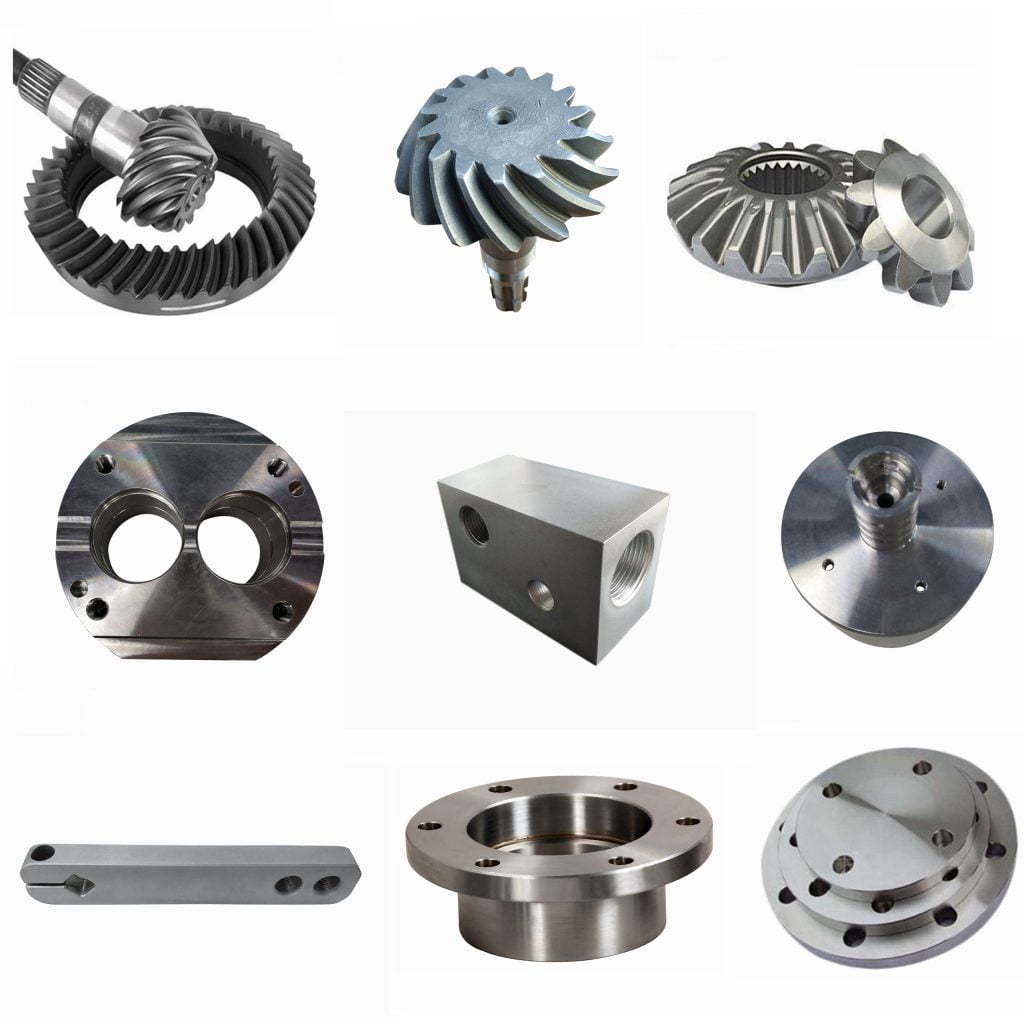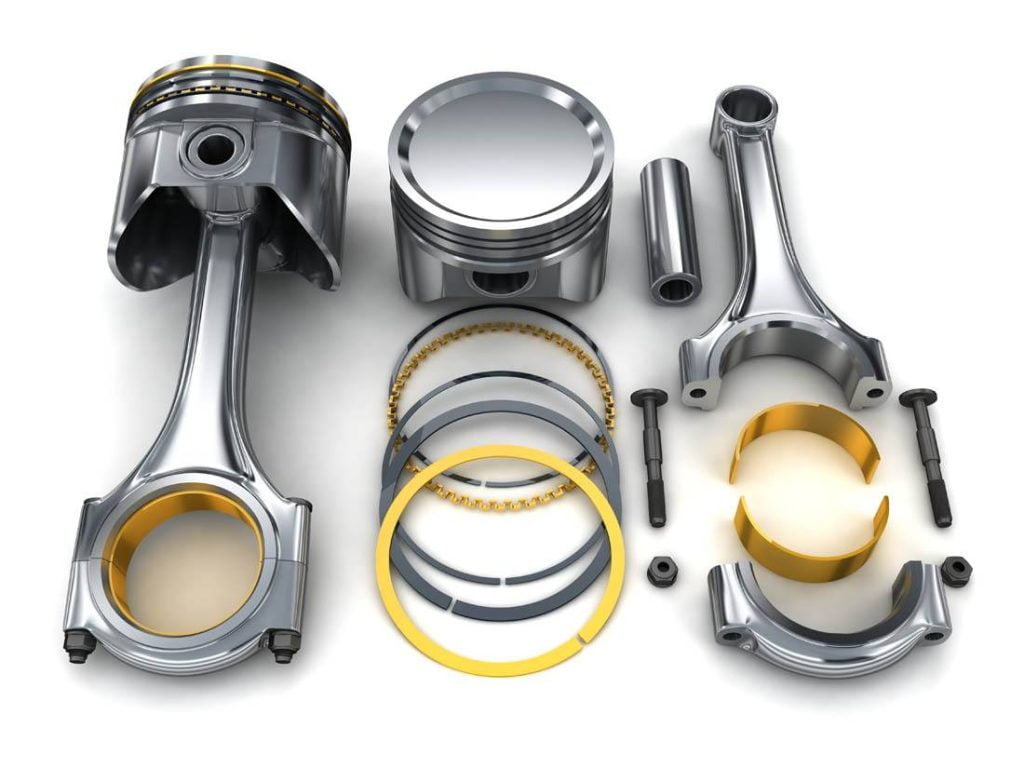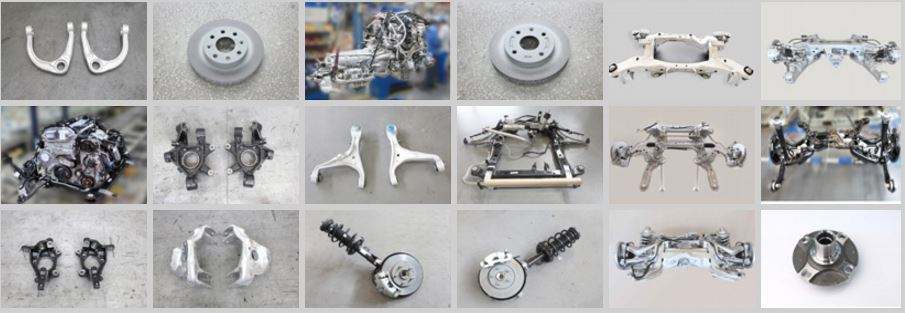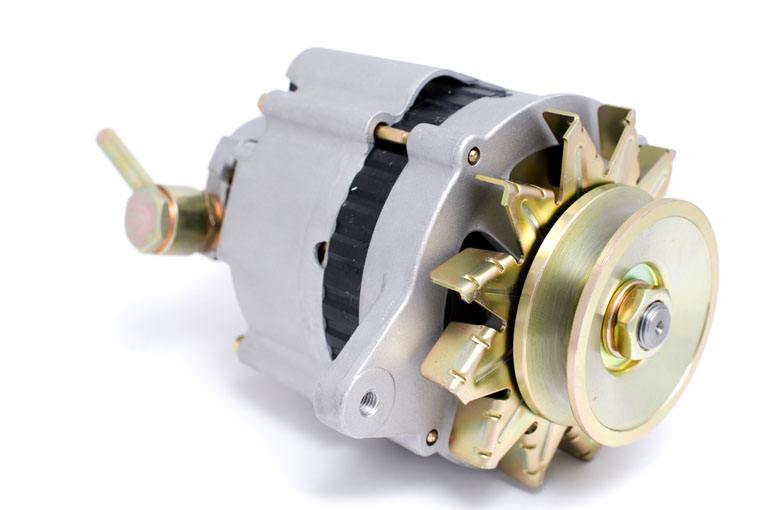Investment casting, ceramic mold casting, metal mold casting, pressure casting, EPC.

Among them, investment casting, also known as lost wax casting, is more commonly used: select appropriate investment materials (such as paraffin) to make investment molds; Repeatedly dip refractory coating and sprinkle refractory sand on the investment mold to harden the shell and dry it; And then melting the internal investment mold to obtain the mold cavity; Bake the mold shell to obtain sufficient strength, and burn off the residual investment materials,; Metal materials required for pouring; Solidification and cooling, sand removal after shelling, so as to obtain high-precision finished products. Heat treatment, cold working and surface treatment shall be carried out according to product requirements.

Investment casting is also called lost wax casting. Its products are precise, complex and close to the final shape of the parts. They can be directly used without processing or with little processing. Therefore, investment casting is an advanced process of near net shape formation.
In ancient China: Prince Wu Ding, Bronze Forbidden, Bronze Lion, etc. are all masterpieces of investment casting. Since investment casting was used in industrial production in the 1940s, it has been developing at a rapid speed for half a century. In particular, European and American countries have developed rapidly. Investment casting is used outside the aviation and weaponry departments and almost in all industrial sectors, especially in electronics, petroleum, chemicals, energy, transportation, light industry, textiles, pharmaceuticals, medical devices, pumps and valves. China has also developed rapidly in recent years.

The development of investment casting technology enables investment casting to produce not only small castings, but also large castings. The largest investment casting has a contour size of nearly 2m, while the minimum wall thickness is less than 2mm. At the same time, investment castings are more precise. In addition to linear tolerance, parts can also achieve higher geometric tolerance. The surface roughness of investment castings is also getting smaller and smaller
Investment precision casting refers to the process of making a fusible model with fusible materials, coating it with several layers of special fire-resistant coatings, drying and hardening to form a whole mold shell, then melting the model from the mold shell with steam or hot water, placing the mold shell in a sand box, filling the surrounding with dry sand for molding, finally placing the mold in a baking furnace for high-temperature baking, and then baking the mold or mold shell, The casting is obtained by pouring molten metal therein.
The products obtained by investment casting are precise and complex, close to the final shape of the parts, and can be directly used without processing or with little processing. It is an advanced process of near net shape formation, an excellent process technology in the casting industry, and it is widely used. It is not only applicable to the casting of various types and alloys, but also the dimensional accuracy and surface quality of the castings produced are higher than those produced by other casting methods. Even the complex, high temperature resistant and difficult to process castings that are difficult to be cast by other casting methods can be cast by investment casting.
At present, the investment casting forming process in the world has developed rapidly and been widely used. From the current situation, the future development trend of this process is that the casting products will become more and more close to the parts and components. The traditional precision casting is only used as a blank, which is no longer suitable for the rapid response of the market. The complexity and quality level of parts and components are getting higher and higher, R&D means are getting stronger and stronger, and professional cooperation is beginning to emerge. The application of CAD, CAM and CAE has become the main technology of parts and components product development.
From the analysis of the current development, investment casting technology has a very wide range of applications, and its future development prospects must be quite broad.













